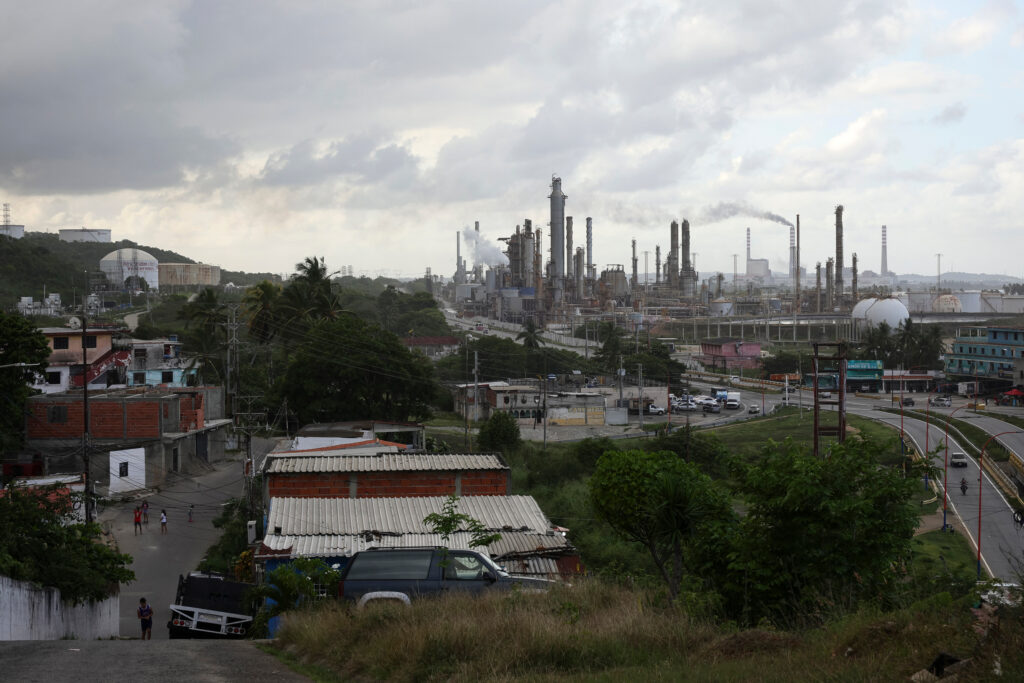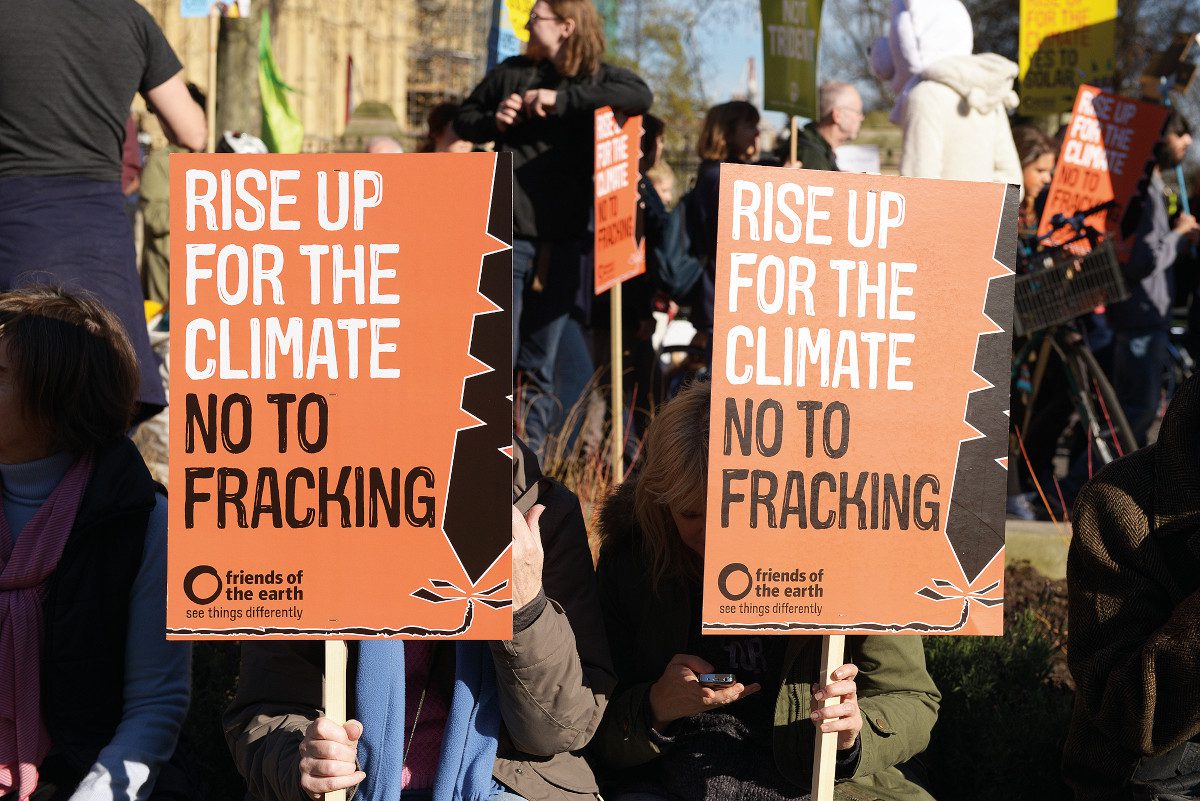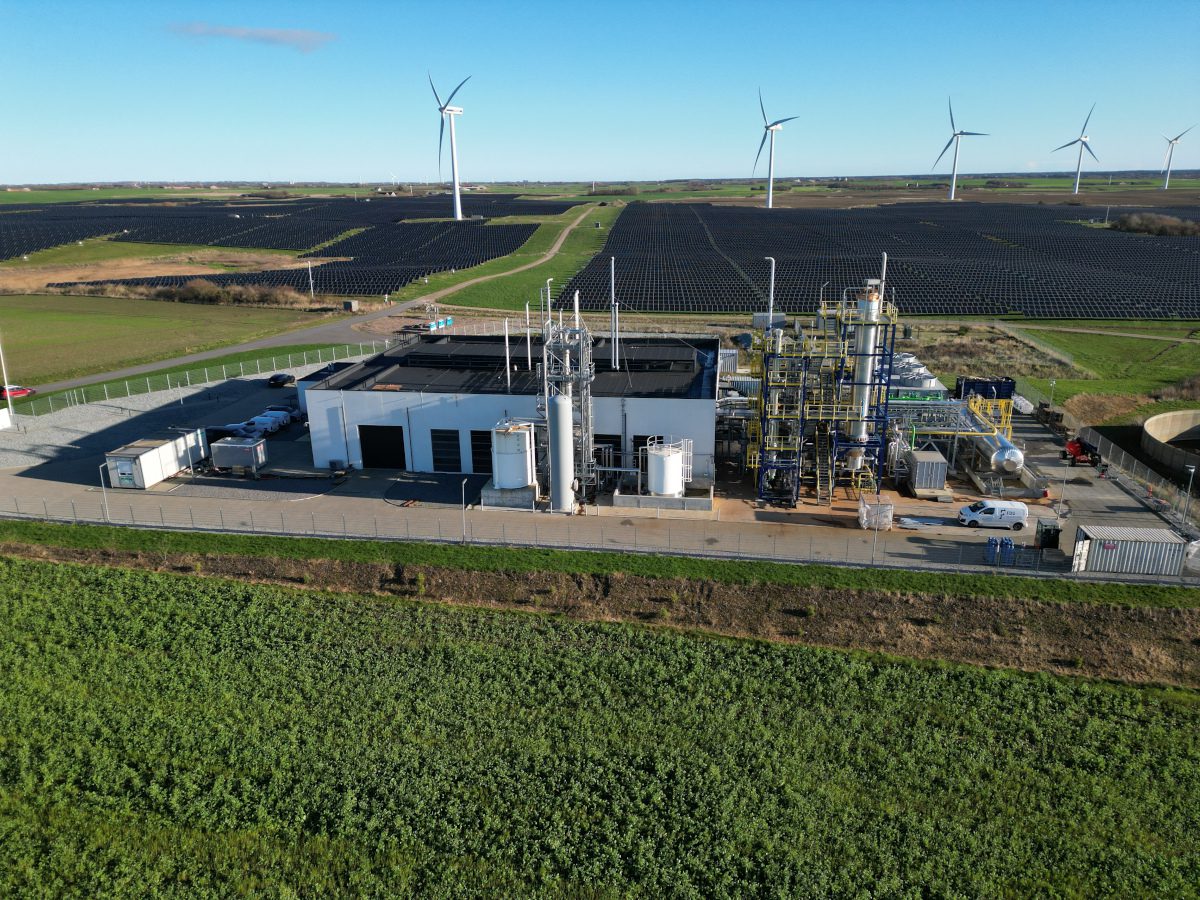Indirect emissions from a company’s financial investments can be tricky to measure, but a new study is putting a number on a hidden carbon footprint in the oil and gas sector.
Using satellite technology to analyze oil fields, Clarity AI and Climate TRACE found that a sample portfolio containing the world’s top 20 oil and gas companies would have a 24 percent higher carbon footprint when accounting for investment-related emissions.
When it comes to measurement and disclosure, not all greenhouse gas emissions are created equal. For companies looking to assess their impact on climate change, some things are easier to track, such as the electricity they use to light up offices or the gas fueling their trucks.
But emissions that aren’t part of a company’s day-to-day operations still represent a significant part of the equation, said Patricia Pina, head of product research and innovation at Clarity AI, a climate tech company that provides environmental data to investors. For the report, her team focused on the complex ownership structure of investments in the fossil fuel industry, particularly the way companies run and operate oil and gas fields.
Explore the latest news about what’s at stake for the climate during this election season.
According to the Environmental Defense Fund, an advocacy group, a majority of oil and gas projects in the world are joint ventures: multiple companies coming together to invest in a project. While all companies in the partnership provide money to fund the extraction, only one has to claim it as its own. The other companies involved may own a majority of the project but can categorize it as a mere investment.
The report found that 90 percent of the world’s largest oil companies do not currently report emissions from these partnerships or joint investments as their own.
The climate impact of a company’s investments falls under what are commonly called Scope 3 emissions. These are the greenhouse gases released throughout a company’s entire value chain, from suppliers to customers. Last year, corporations reported that their Scope 3 emissions were on average 26 times greater than their direct ones, a report by the Boston Consulting Group showed.
Fossil fuel companies have long sought to distance themselves from Scope 3 emissions and shift the blame for climate impacts to end users. ExxonMobil, which declined to comment on the new study, said in its 2024 climate solutions report that suppliers should not be held accountable for their customers’ emissions or it would undermine incentives to take action. “When everybody is responsible, nobody is responsible,” the report reads.
“Blaming the producers of oil and gas for climate change is like blaming farmers for obesity,” Majid Jafar, CEO of the UAE-based Crescent Petroleum, told CNBC in an interview last year.
Asked about the study, American Petroleum Institute spokesperson Scott Lauermann said in a written statement that “our industry recognizes the importance of reducing GHG emissions across the economy—including from consumer use of energy. We are focused on meeting rising demand for affordable, reliable energy while advancing low-carbon solutions.” He did not address questions about the industry’s approach to indirect emissions.
Pina says the inconsistency in reporting these emissions prevents investors from accurately understanding and predicting their exposure to climate risk.
“I’m a strong believer that traditionally, we have relied way too much on the data that companies are reporting,” Pina added. “Companies don’t have the incentive to report everything, … just because they don’t have the means to, or haven’t been able to measure it.”
Indirect emissions are difficult to account for in the absence of regulatory guidelines, especially for companies with a complex supply chain, said Nathan de Arriba-Sellier, director of the Erasmus platform for sustainable value creation.
But when it comes to fossil fuels, de Arriba-Sellier said, investors shouldn’t need that much detail about emissions to know where to put their money. “We know what the problems are in the economy, and we know how to solve them,” he added.
“Together, banks and insurers have a profound impact on the global economy.”
Oil and gas companies might be reluctant to publish their detailed emissions, he added. “But we don’t really need them to do that. We need them to transition decisively to net zero and to invest massively in renewable energy,” he said.
Some other sectors present strong cases for accounting and disclosing investment emissions. One in particular is financial and insurance services, said Andrea Ranger, director of shareholder advocacy at Trillium Asset Management.
Last year, Ranger worked on a shareholder proposal filed by Green Century Funds asking insurance provider Markel Group Inc. to disclose emissions from its insurance and investment activities. The shareholder proposal was voted on at the company’s 2024 shareholder meeting and garnered 39 percent of the vote. Markel Group did not immediately respond to requests for comment.
“Together, banks and insurers have a profound impact on the global economy,” Ranger said, and the way they address or ignore climate impacts could have ripple effects. “If they’re not considering climate risk from the projects that they’re financing or insuring, that can create undue risk and negative impacts for the rest of us, whether it’s society at large or investors.”
CDP, a nonprofit that runs a global emissions disclosure system, estimates that 99.8 percent of emissions from the financial services sector are attributed to investment activities. The sector’s largest source of emissions comes from underwriting activities such as lending, investing and insuring.
Insurers in particular should bring their hidden emissions into the light, Ranger added. “Greenhouse gas emissions drive climate change, and that’s directly antithetical to being able to cover people and institutions when the weather is constantly changing.”
About This Story
Perhaps you noticed: This story, like all the news we publish, is free to read. That’s because Inside Climate News is a 501c3 nonprofit organization. We do not charge a subscription fee, lock our news behind a paywall, or clutter our website with ads. We make our news on climate and the environment freely available to you and anyone who wants it.
That’s not all. We also share our news for free with scores of other media organizations around the country. Many of them can’t afford to do environmental journalism of their own. We’ve built bureaus from coast to coast to report local stories, collaborate with local newsrooms and co-publish articles so that this vital work is shared as widely as possible.
Two of us launched ICN in 2007. Six years later we earned a Pulitzer Prize for National Reporting, and now we run the oldest and largest dedicated climate newsroom in the nation. We tell the story in all its complexity. We hold polluters accountable. We expose environmental injustice. We debunk misinformation. We scrutinize solutions and inspire action.
Donations from readers like you fund every aspect of what we do. If you don’t already, will you support our ongoing work, our reporting on the biggest crisis facing our planet, and help us reach even more readers in more places?
Please take a moment to make a tax-deductible donation. Every one of them makes a difference.
Thank you,


















